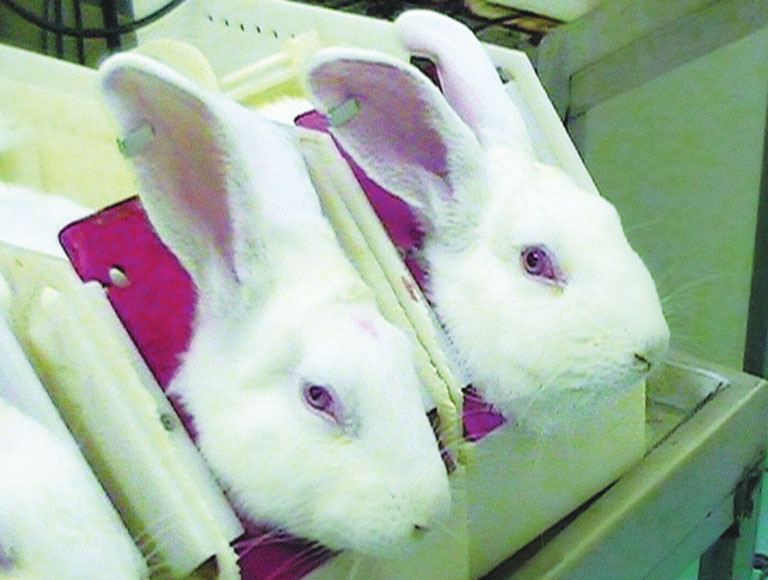|
Getting your Trinity Audio player ready...
|

Unfortunately, some animal testing is still necessary, but with the evolution of science and technology, there are alternative models to using animals such as animal testing. in vitro, omics models and in silico.
The application of a testing strategy based on knowledge of the molecular structure and its physicochemical properties is already a major advance in reducing costs and deadlines during the development of new drugs and more complex mixtures such as a cosmetic product.
Europe was a pioneer in banning animal testing for cosmetic products and is a pioneer in taking concrete measures to completely replace all animals used for scientific and educational purposes.
Other countries began to follow this objective, such as the United States, Great Britain, Canada and Brazil.
Thus, the global trend is to use science to completely replace the use of animals in experiments, and to move in this direction it is crucial to understand where, how and why animals are still forced to be used for scientific purposes.
Europe and Great Britain annually publish the number of animal experiments carried out in their countries.
In January 2021, an online database with statistics on animal use was implemented in Europe. This database is called ALURES and is divided into 3 sections.
Section 1 shows the number of animals used in research, toxicological testing, routine production and for educational purposes in the EU (https://webgate.ec.europa.eu/envdataportal/content/alures/section1_number-of-animals.html#).
In 2020, 7,938,064 animals were used in experiments, with a reduction of 22.6% compared to 2019. The most used species was mice (48.9%), followed by fish (27.6%), rats (8.4%) and dogs (0.11%). Non-human primates were also used, totaling 4,784 animals in 2020, with the Cynomolgus monkey being the most used species (88.2%).
These animals are mainly used in basic research (40.9%), applied research (31.2%) and for regulatory purposes (22.5%).
In other words, universities are the largest consumers of experimental animals.
Overall, 39.6% (555,936) of the animals targeted for regulatory use were designated for toxicology testing in 2020 in Europe.
Of the toxicological tests, we can highlight the sensitization test (6.8%), skin irritation/corrosion (0.73%) and eye irritation/corrosion (0.09%).

In industry, the largest consumer of animal testing is the pharmaceutical industry, with the aim of testing the effectiveness of vaccines and new medicines.
The cosmetic industry consumes around 1% of animals, with a strong tendency to reduce each year.
Want to know more about this topic?
- Visit our website: https://sfsafetyconsulting.com.br
- Follow our social media pages on Facebook and Instagram.
SF Safety Consulting.
Passion for knowledge and science.
